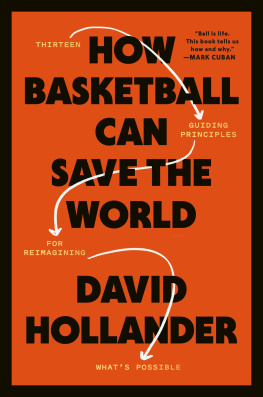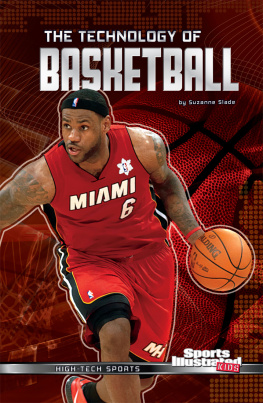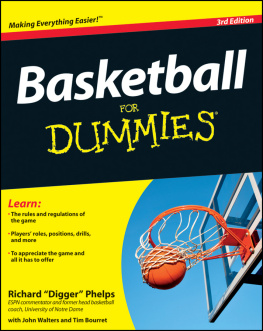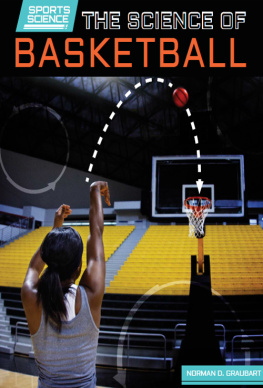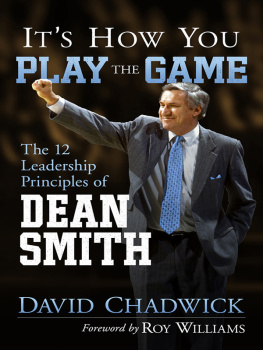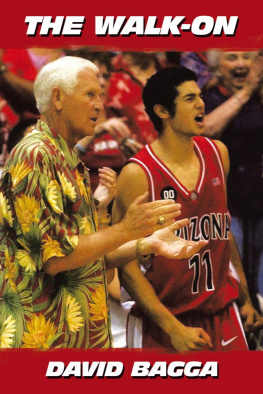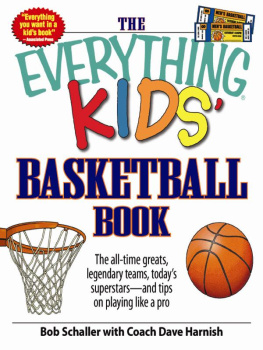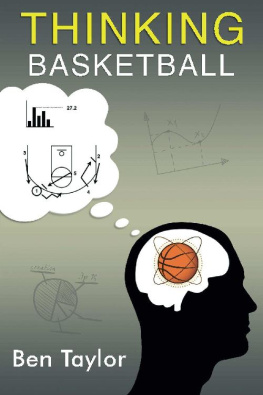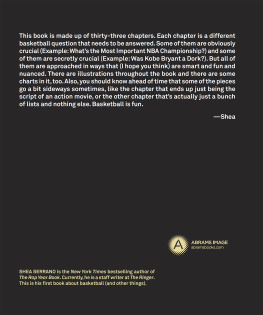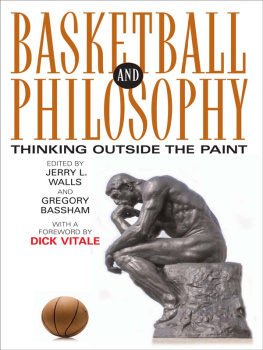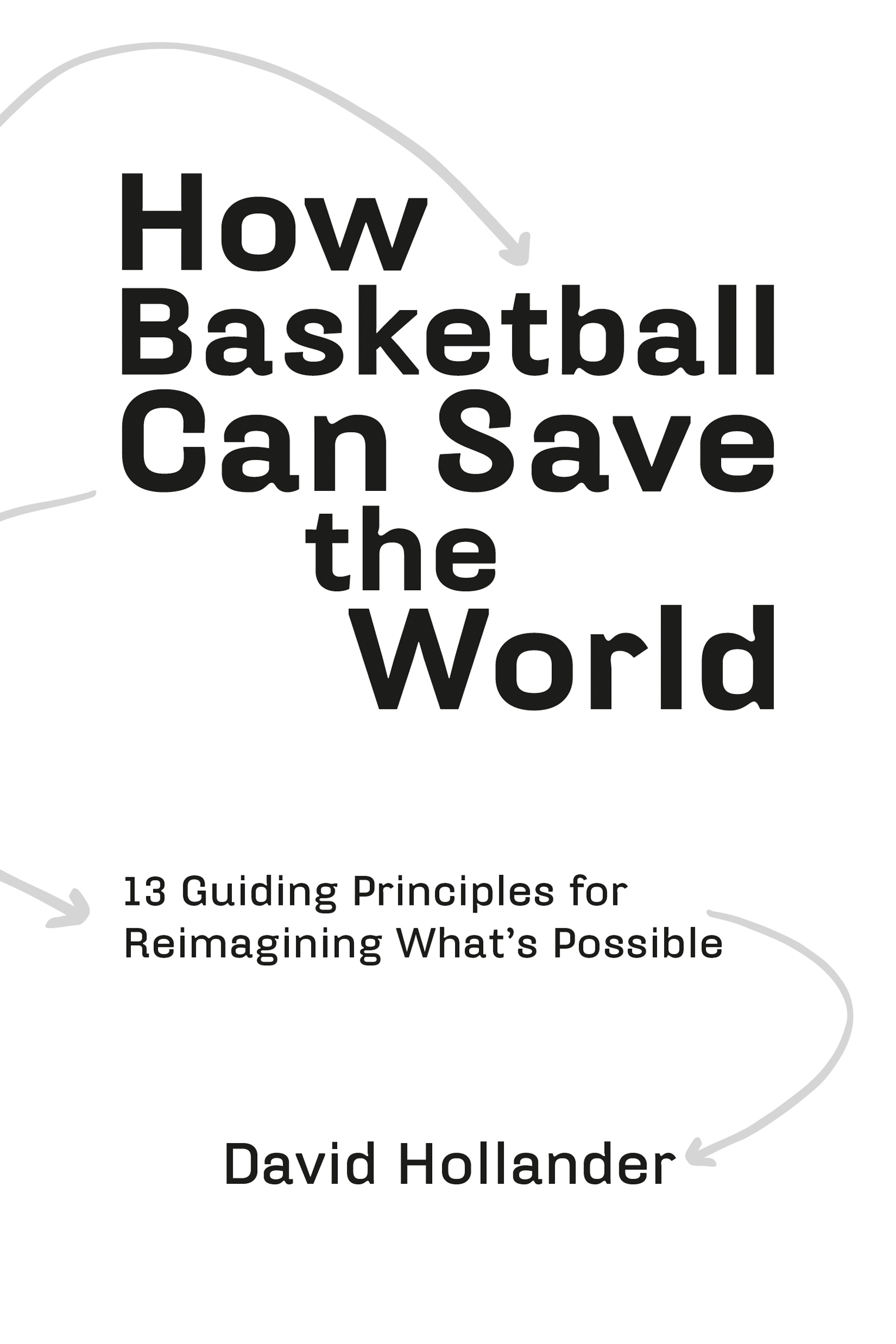David Hollander - How Basketball Can Save the World: 13 Guiding Principles for Reimagining Whats Possible
Here you can read online David Hollander - How Basketball Can Save the World: 13 Guiding Principles for Reimagining Whats Possible full text of the book (entire story) in english for free. Download pdf and epub, get meaning, cover and reviews about this ebook. year: 2023, publisher: Harmony/Rodale, genre: Politics. Description of the work, (preface) as well as reviews are available. Best literature library LitArk.com created for fans of good reading and offers a wide selection of genres:
Romance novel
Science fiction
Adventure
Detective
Science
History
Home and family
Prose
Art
Politics
Computer
Non-fiction
Religion
Business
Children
Humor
Choose a favorite category and find really read worthwhile books. Enjoy immersion in the world of imagination, feel the emotions of the characters or learn something new for yourself, make an fascinating discovery.
- Book:How Basketball Can Save the World: 13 Guiding Principles for Reimagining Whats Possible
- Author:
- Publisher:Harmony/Rodale
- Genre:
- Year:2023
- Rating:3 / 5
- Favourites:Add to favourites
- Your mark:
How Basketball Can Save the World: 13 Guiding Principles for Reimagining Whats Possible: summary, description and annotation
We offer to read an annotation, description, summary or preface (depends on what the author of the book "How Basketball Can Save the World: 13 Guiding Principles for Reimagining Whats Possible" wrote himself). If you haven't found the necessary information about the book — write in the comments, we will try to find it.
NBA and WNBA superstars, Hall of Fame players, coaches, and leading cultural figures have all dropped by New York University Professor David Hollanders course How Basketball Can Save the World course to debate and give insights on how the underlying principles of the game can provide a new blueprint for addressing our diverse challenges and showing whats possible beyond the court.
Now, in How Basketball Can Save the World, Hollander takes us out of the classroom to present a beautiful new philosophy with contributions by many of his past guests and based on values inherent to basketball, such as inclusion and the balancing of individual success with the needs of the collective. These principles move us beyond conflict and confusion toward a more harmonious and meaningful future:
Whether youre a seasoned veteran of the game or have never set foot on a court, How Basketball Can Save the World will empower you to become more resilient, tolerant, and wise in your relationship with yourself, others, and the world around you.
David Hollander: author's other books
Who wrote How Basketball Can Save the World: 13 Guiding Principles for Reimagining Whats Possible? Find out the surname, the name of the author of the book and a list of all author's works by series.

